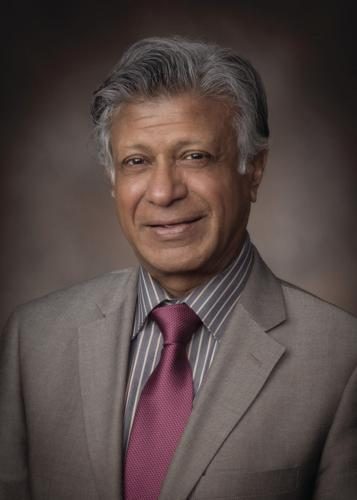
Transforming The Transformer Industry Through Excellence: Interview With Prabhat Jain
Feature Interview With Transformer Technology Magazine
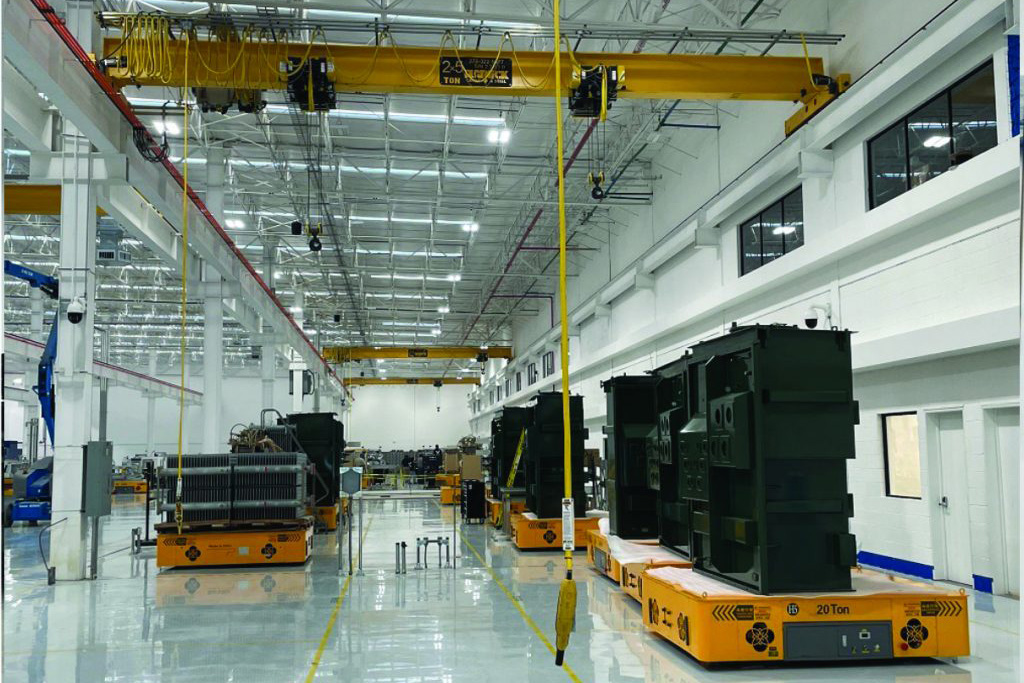
Interview With Prabhat Jain
CEO And The Steering Influencer Of Virginia Transformer And Georgia Transformer
We are bringing more engineers onto the production floor… to continue to write the increase in our quality first pass yield, doing it right the first time, building the product correctly, and following the prints correctly.
Alan Ross
Hi. I am Alan Ross and this is an APC media profile. I have a guest that I’ve had many times before. Prabhat Jain is the CEO and the steering influencer of Virginia Transformer, Georgia Transformer, and soon to be something we’re about to announce in Mexico. But before we get there: Prab. The last time we talked, it intrigued me so much because we were in the middle of the COVID supply chain issues, right? You talked about that at great length. And then the last one, we talked about a different approach to transformer manufacturing that was needed for all companies. And it really was, about how one could create state-of-the-art production, and how one should focus on a different approach to quality. And it involves staffing, it involves technology, it involved a lot of areas that you have implemented at Virginia Transformer. Tell me a little bit about how it’s gone since our last talk.
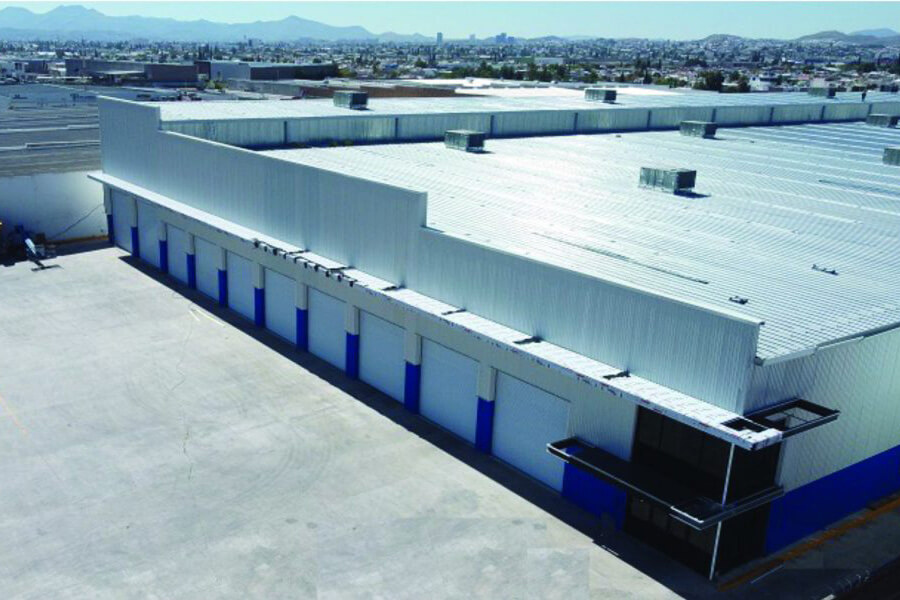
There is so much demand for transformers and nobody is building up more capacity. Lead times are growing longer and longer. So that’s when I launched this plan.
AR : Everything you’re talking about is really cutting-edge. I know transformer manufacturing very well, and we’ve gotten into this old mindset in the industry that hat’s the way we’ve always done it. And maybe they make minor changes here or there but you’re talking about major changes. As an engineer, I would love to come to work for you, except I’m retired, so I can’t. But we engineers have a passion for making things better.
PJ : Yes, you certainly do. We have hired six PhDs in the last nine months. And you will be surprised but they are chemistry and physics PhDs. You would wonder why I would need chemistry and physics PhDs, but those are basic sciences. They will help me a lot, and they are solving problems. They are coming up with ideas. For how to better cool the transformer, how to better secure the transformer against oxidation and then moisture generation. Scientists can do anything. Engineers can do anything. And you just have to give them some vision, turn them loose, and they will go solve problems.
AR : I couldn’t agree more. I want to go back to the plant you opened in Mexico, in Chihuahua, and I’m glad you said that it’s not just a separate isolated thing but part of this collaborative project you have described. Why Chihuahua? When is it opening?
PJ : I realized probably about two or three years ago that the demand for transformers with renewable energy battery storage and then data centers are going to be so huge that the supply simply isn’t there. And then I estimated one time that we’re going to be falling short on the pad-mounted transformers in the world by 20,000 transformers a year. And that’s just a narrow estimate from what I could gather. And then nobody is putting up plants for pad-mounted transformers, at least in North America.
I also realized about a year ago, that we are decoupling from China and that decoupling from China would mean that we really have to do a lot of production at home. And then that production is going to be everything. It’s going to be steel, it’s going to be cement, it’s going to be paper, it’s going to be pharmaceuticals, and then cars and batteries and semiconductors. So that’s a huge push. This 40 billion semiconductor plant that Taiwan Semiconductor is putting in Arizona alone is going to require roughly $300 million worth of transformers. There’s a brand-new application because it wasn’t there three years ago. There is the technology that is coming along on the energy side where they want to electrolysis, separate the hydrogen from water and they’re going to combine it with carbon dioxide from the atmosphere and make synthetic fuel. there’s. The first project of this going up in Texas, and it’s going to require $500 million worth of transformers in the next three years. Just that one project. And there’s going to be about 15 of those all over the world and of course, many others that are happening. There is so much demand for transformers and nobody is building up more capacity. Lead times are growing longer and longer. So that’s when I launched this plan.
Initially, this plan was only to build small transformers because I saw that 20,000 shortage. However, I started to think about it and meet customers and then listen to the energy specials on Bloomberg and the interviews of the CEOs that they do on Bloomberg. And I started realizing the demand for medium power and large power transformers in our country is going to grow because of the decoupling with China and the energy revolution. So we are really building the infrastructure, the industrial infrastructure in our country to support the new manufacturing and the new energy demand. That is why we have launched this plan. It took somewhere around 15-16 months to build. It’s amazing what they have been able to do in such a short time.
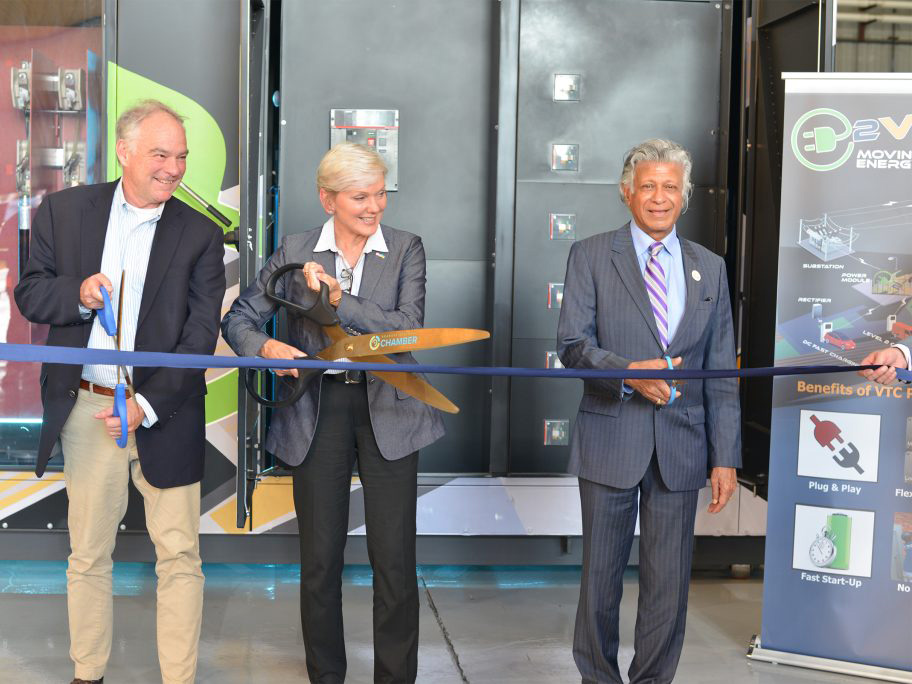
It’s all state-of-the-art: All the wiring is underground, and the piping is underground. There is nothing overhead. Cranes can run freely everywhere. Everything is lifted by the crane by robotic platforms. You can move them with the remote control, and you can gear them anywhere you want them to go. They carry the transformer from one station to the other station for work. The plant is also fully air-conditioned. And it is only the second plant in North America that can boast that. Our Georgia is fully air-conditioned as well. That gives you a very dry, very reliable transformer insulation system. There was a company in Mexico, that was there for, I think, 70, 80 years, and then they closed, so we hired all their engineers. These were shop managers and manufacturers with 20, 30 years of experience and we hired everybody and we brought them to our plant.
So in addition to this small transformer, I then added a line in there for medium power. We can build up 200 MVA in that plant now. 230 KV, 100 MVA. This is important because there are seven LNG terminals being built in our country right now, and each one of them requires $500 million worth of transformers over a period of about seven to eight years. That is huge. Our new plant went into operation in October and the medium power line is already backlogged for 50 weeks. In just three months, we have gotten so much demand. So think about one thing: If this plant wasn’t there, where would they get those transformers from?

AR : The lead times would grow even longer.
PJ : And what does this mean for the country, Alan? As a country, we wouldn’t be able to do these projects. They would have to be postponed by one year. That means you hold back the progress for one year. I mean, that’s the impact. So that’s why I’m doing what I’m doing. So we can give you transformers now, so we can develop synthetic fuel now, so we can build our LNG terminals now to export the gas that we are now flaring in the atmosphere. We can keep that and convert it into liquid and then send it to Europe. They need gas over there.
AR : Absolutely.
PJ : This is what I’ve been able to do with these new plants. And my managers, the leaders of the company, know that it isn’t just about building transformers and expanding our business. This is about helping our country to maintain and develop our infrastructure and become more self-reliant. That’s so important.
AR : I’m with you. Now, there’s another side effect. You kind of mentioned it. There was the Mexican plant that closed and all those people lost their jobs. Now they have jobs again. What is this doing in Chihuahua? It’s got to be having such a positive impact on that community.
PJ: The governor of the state, the mayor, and the secretary of the state, they’re so energized by our design center. We have 200 engineers in the design center now over there. They say this is wonderful because not only are we giving jobs to the people who make harnesses because that’s what most of the American plants do there, but we are building a real product there with real engineers. We do engineering there for us, the Mexican engineers are building products, and designing products for us. So the folks in Chihuahua are so energized. The leaders are saying this gives a big status to them. We created 600 new jobs in Chihuahua in the last six, or nine months. The standard of living in Chihuahua is rising so fast. They have a brand-new district now with shopping areas, cinemas, restaurants, and so forth because the standard of living has gone up so much in such a short time. And not only that, the education is so good. Their engineers have respect for the company’s process and they follow it pedantically. That’s one thing I think they have an advantage over Americans. They follow the process. Because they have respect for the company, the managers, and the standard. I find that to be a differentiator.
AR : Everything that you said today you are completely right about. It’s no longer a supply chain issue. It’s a demand curve issue. The demand curve is changing far more rapidly than we thought it was going to because we’ve been looking at where transformers are and not where they are going to have to be in the future. EV charging alone is going to change the demand curve. The transformer is the heart of the power system anywhere and we’ve got heart surgery going on because we have a lot of aging transformers that we’ve got to take out of service. They’re going to fail catastrophically if we don’t do something. So you got life cycle planning. You’ve got this demand curve increasing rapidly. But at the same time the need for quality, which is longevity and jobs and everything it seems to me you’re addressing a lot of them. When is the plant officially going to have a grand opening?
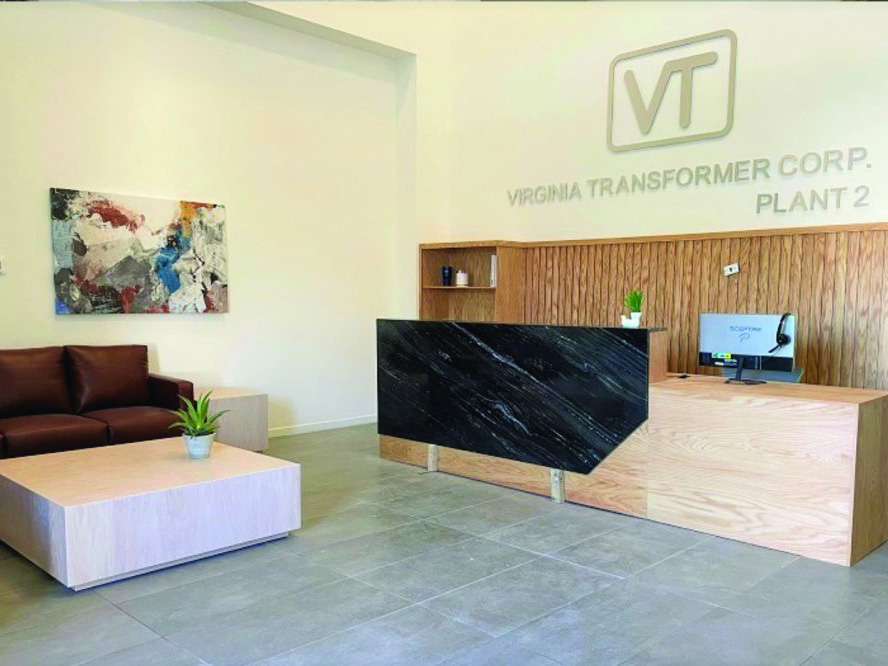
PJ : We will have a ribbon cutting ceremony on 10 February. It’s really just to mark the event. Basically, the plant has already produced and shipped its first transformers. But on February 10, about 40 people from Virginia Transformer will be going down there to see and feel connected and be proud of what the extension of Virginia Transformer is. And of course, the local people will be there, the officials like the mayor and secretary, and we invited customers.
AR : Make sure you get some really good pictures because I’m going to do a story on the grand opening and we’re going to publish it because I would love to promote what you’re doing. I think it’s brilliant work.
PJ : Absolutely. I think it’s going to help our country a whole lot.
AR : Prabhat, I love what you’re doing. Everything you’ve talked about valuing people to create value for the marketplace. You are doing outstanding work. I always love talking to you.
PJ : Thank you very much. Appreciate the opportunity to give my thoughts.
AR This is Alan Ross with APC media and Prabhat Jain, who is the CEO of Virginia Transformer. Thank you so much for being with us today.
PJ : Thank you very much.

